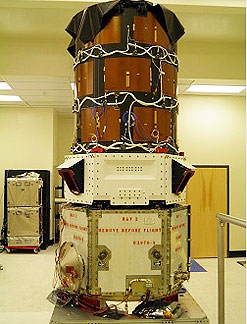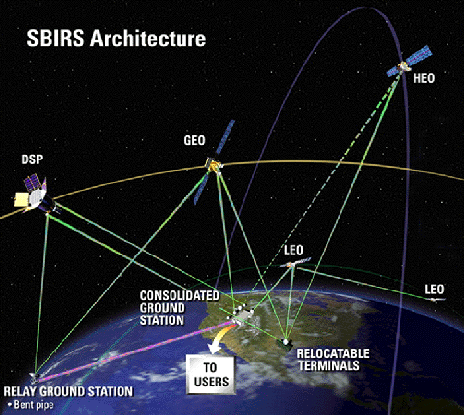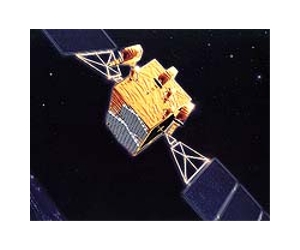
June 9th, 2011 By Spanish Government News DEFENCE TALK
At the presentation of the Paz satellite on Tuesday, 7 June, the Minister for Defence, Carme Chacón, highlighted that, in a few years' time, Spain will become "the first European country to have
a dual Earth observation system, radar and optical, for both civilian and military use".
The Paz satellite, which is fitted with radar technology and a very high resolution, was ordered from Hisdesat by the Ministry of Defence at the end of 2007 under the National Earth Observation
Plan to meet the operational requirements of the Spanish Armed Forces. In turn, Hisdesat contracted the design and manufacture of the satellite to EADS CASA Espacio, meaning this is the first
time that the Spanish space industry has undertaken the challenge to build a satellite of this size and complexity to be assembled and manufactured entirely in Spain.
Carme Chacón explained that the radar technology installed on this satellite, 100% designed and manufactured in Spain, will enable up to 100 images of the Earth's surface to be taken per day at a
resolution of up to one metre. In three years' time, this capacity will be joined by that of the Ingeniosatellite and its optical technology. "With the Paz and Ingenio satellites, our military
will have their own observation systems, thus multiplying our autonomy in terms of obtaining information and better protecting the interests of Spain", she said.
The presentation ceremony for the Paz satellite, which took place on the premises of EADS CASA Espacio, was attended by the Minister for Defence, Carme Chacón, the Chief of Defence Staff, Jose
Julio Rodríguez, the State Secretary for Defence, Constantino Méndez, the Secretary-General for Industry, Teresa Santero, the Managing Director of Hisdesat, Roberto López, and the General
Director of Astrium España, Antonio Cuadrado.
Carme Chacón stressed that this satellite, which will be in orbit in 2013, will be able to detect the position of any ship in the world that could possibly become the victim of hijacking thanks
to the automatic AIS identification system. Furthermore, it will enable the tasks of border control monitoring, the verification of international treaties, the monitoring and assessment of
natural disasters and environmental control to be carried out more easily and effectively.
The Minister for Defence also mentioned the innovation and efforts being made by the Spanish aerospace industry, which has positioned itself among the top five European powers in this field in
only a few years, progressing at the same pace as the Spanish Armed Forces. "The Pazsatellite will multiply the operational capabilities of our Armed Forces both within and beyond our borders",
she said.
One of the greatest challenges for the Spanish space industry
For his part, the Managing Director of Hisdesat, Roberto López, said that the presentation of the Paz satellite represents a successful response to one of the greatest challenges for the Spanish
space industry in recent years. "Thanks to the support from the Ministry of Defence and the Ministry of Industry, Tourism and Trade, we have travelled the long and arduous path to creating
asatellite fitted with sophisticated technology that will enable our country to play a very important role in the field of high-resolutionsatellite imaging", he said.
Finally, the General Director of Astrium España, Antonio Cuadrado, highlighted that the Paz satellite will give Spain the ability to observe the Earth at any time, day or night, and in any
meteorological conditions. "This programme forms part of the National Earth Observation Plan and consolidates Astrium España as the leading and integrating satellite contractor in our country",
he concluded.
Hisdesat has contracted the launch of the satellite with the Russian Dnepr launcher, scheduled for some time at the end of 2012. The satellite, which has been designed for a five and a half year
mission, measures 5 metres in height and 2.4 metres in diameter, with a total weight of some 1,400 kilograms.
From manufacture to launch, the Paz satellite will generate 425 highly-qualified jobs in Spain and another 80 jobs once it is in orbit.
The National Institute for Aerospace Technology (Spanish acronym: INTA) is responsible for developing the terrestrial aspects of theprogramme, which include control and monitoring stations in
Torrejón ( Madrid) and Maspalomas (Gran Canaria), as well as the data processing and storage centres.






























